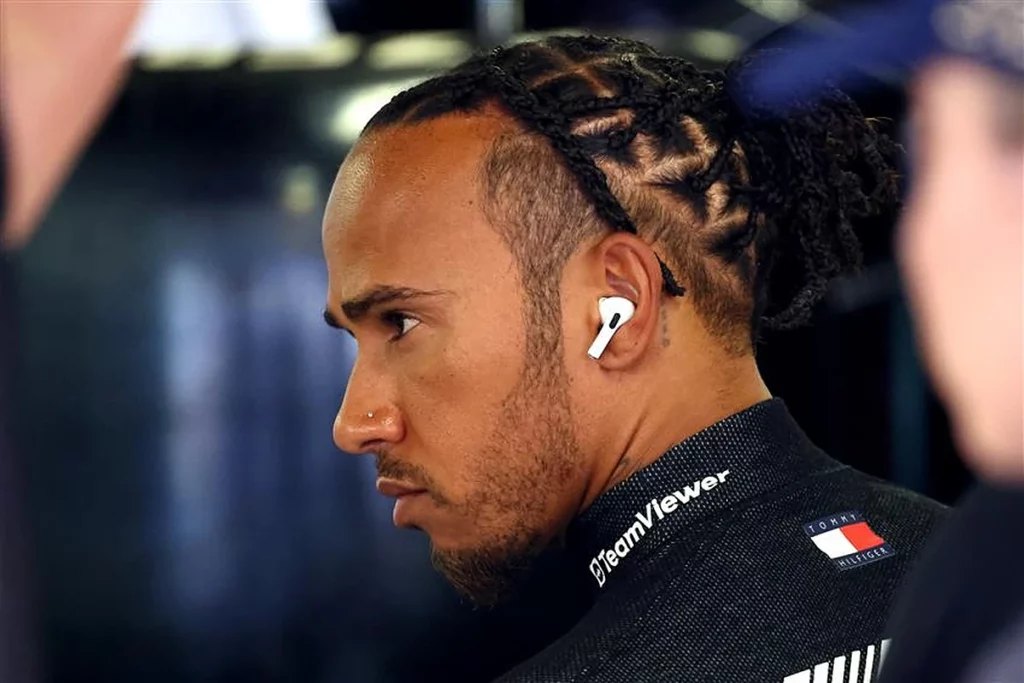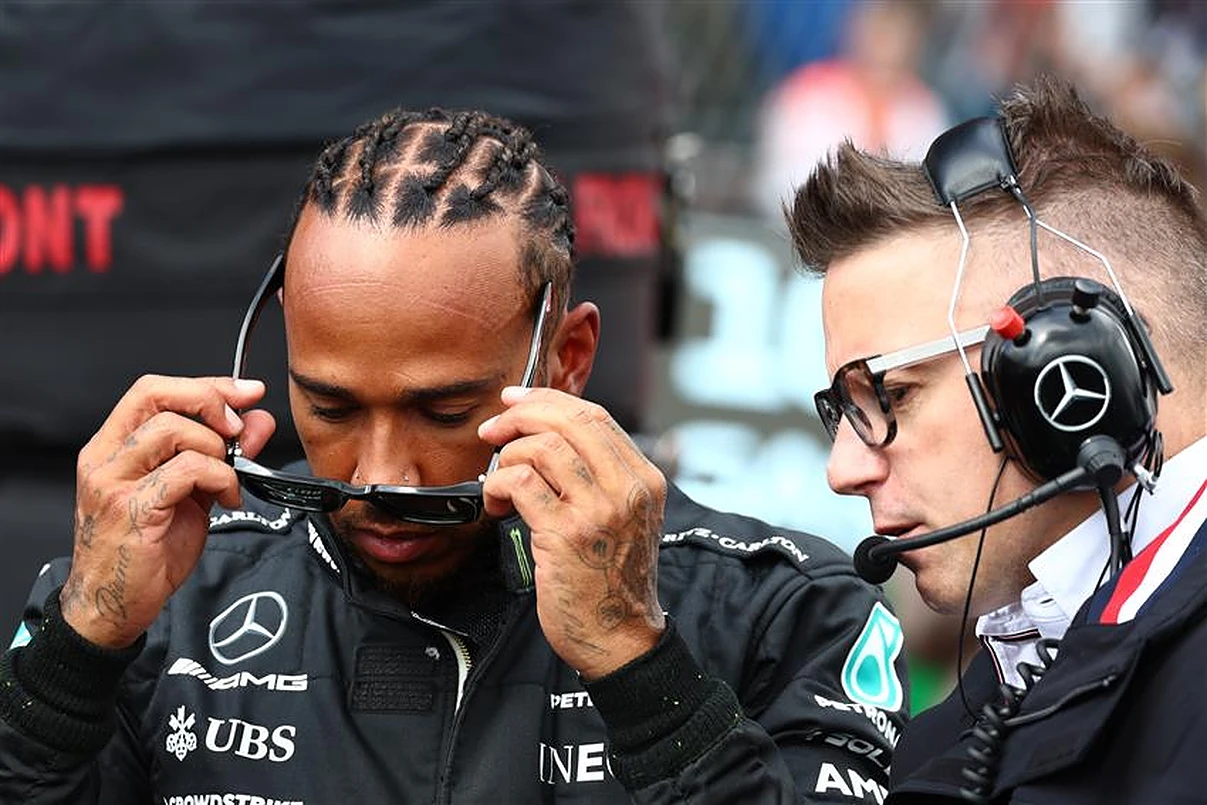The Italian Grand Prix at Monza saw an intriguing tyre strategy unfold for Lewis Hamilton as Mercedes opted for an unconventional approach.
Starting on the hard compound tire, Hamilton began the race in eighth place, setting him apart from his competitors.
Mercedes’ Trackside Engineer Director, Andrew Shovlin, has now provided insights into the rationale behind this atypical strategy.
Hamilton was one of three drivers to commence the race on the hard compound, with his teammate George Russell also standing out due to a more conventional approach, beginning on the medium compound from fourth on the grid.

Want to work in Formula 1? Browse the latest F1 job vacancies
Hamilton went on to secure sixth place overall, crossing the finish line just over 20 seconds behind Russell.
However, the real intrigue lay in the strategy employed.
Shovlin shed light on the decision-making process, stating, “We do a lot of simulations and look at the scenarios where we start on medium and hard.
“One thing we were seeing with the hard was the potential upsides were actually bigger.
“Lewis’s chance of getting a very good result was increased if we offset strategy and went for that hard tire.”
Monza’s unique characteristics played a significant role in the decision.
Despite its long straights, overtaking can be challenging on the Italian circuit due to the reduced impact of the Drag Reduction System (DRS) compared to other tracks.
Shovlin explained, “The DRS effect at Monza, therefore, is less than half of what it is at most other circuits.
“That’s the principal reason that overtaking is difficult if you don’t have a difference in tire age.”
Hamilton’s strategy revolved around creating a difference in tire age compared to his competitors.
By extending his run on the hard tires, he would be on fresher mediums in the closing stages, while others were on older hard tires.
Shovlin noted, “That was enough to generate the overtaking delta that he was able to get through.”
Another crucial aspect of the strategy was the possibility of a Safety Car intervention.
While lower-tier categories experienced multiple Safety Car deployments due to incidents, Formula 1 itself saw a smooth race, aside from a pre-race mechanical issue with Yuki Tsunoda’s AlphaTauri.
Shovlin elaborated on this, saying, “There were points in the race where a Safety Car would have been very beneficial to Lewis.
“That would have been if all the medium runners had already come in, and he was still out on his hard tire not having stopped.
“Ultimately, that didn’t happen, and, at the end of the day, the sixth place that Lewis achieved was the best possible result.”
Furthermore, Shovlin clarified that even if the rules had permitted a tire change during the aborted start due to Tsunoda’s stoppage on the formation lap, Mercedes would have stuck with their initial strategy.
READ: Is Toto Wolff jealous of Max Verstappen?
“Would we have wanted to change?
“No, we wouldn’t because what we were actually trying to achieve was an offset to most of the field to try and make sure Lewis was on a different strategy.
“We were quite pleased to see that the vast majority of the cars were all starting on the Medium because that was the key ingredient to his race to work.”

